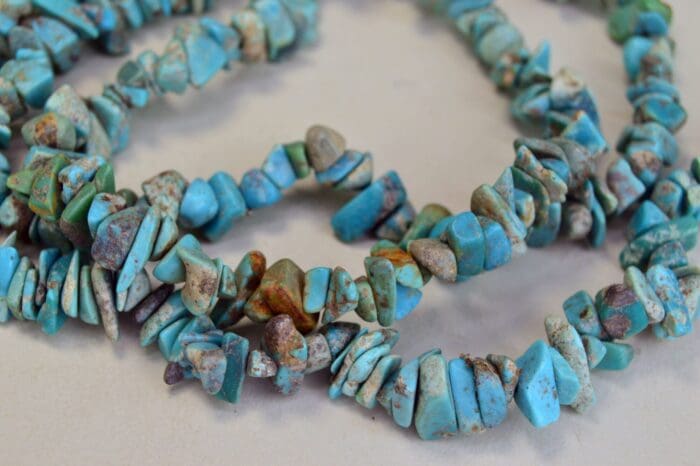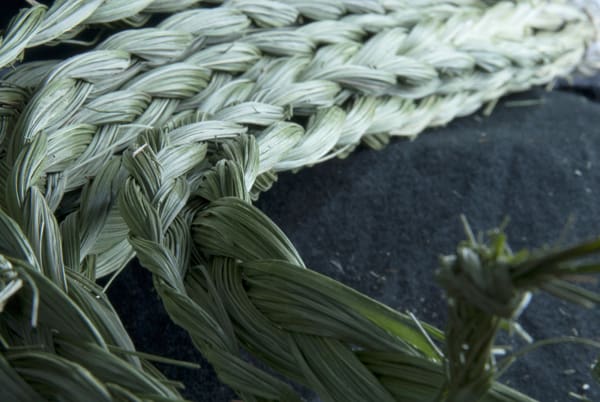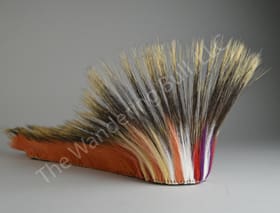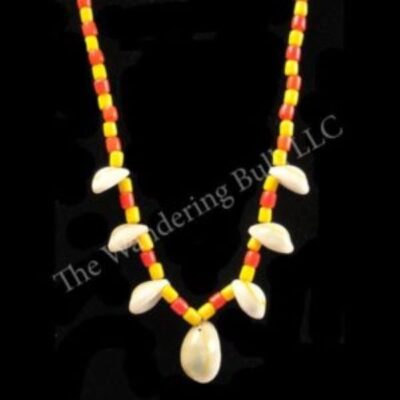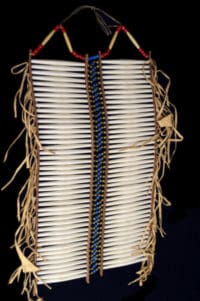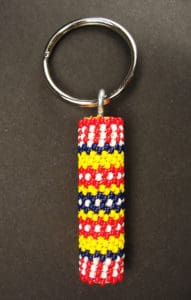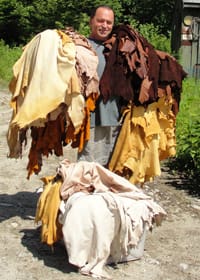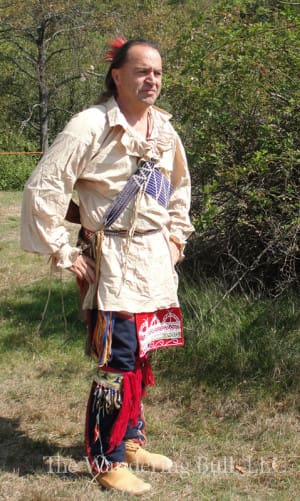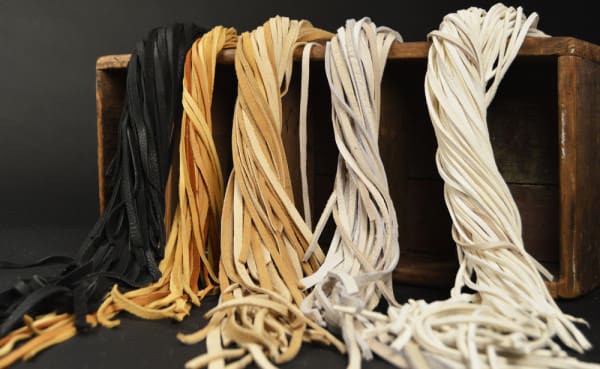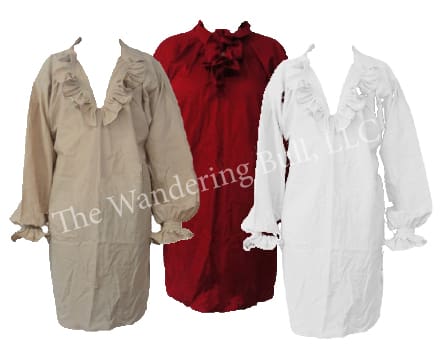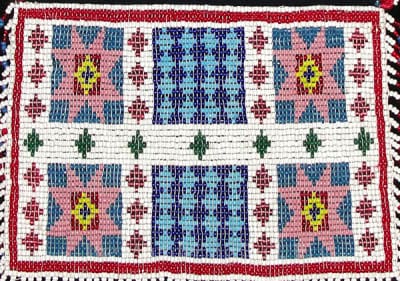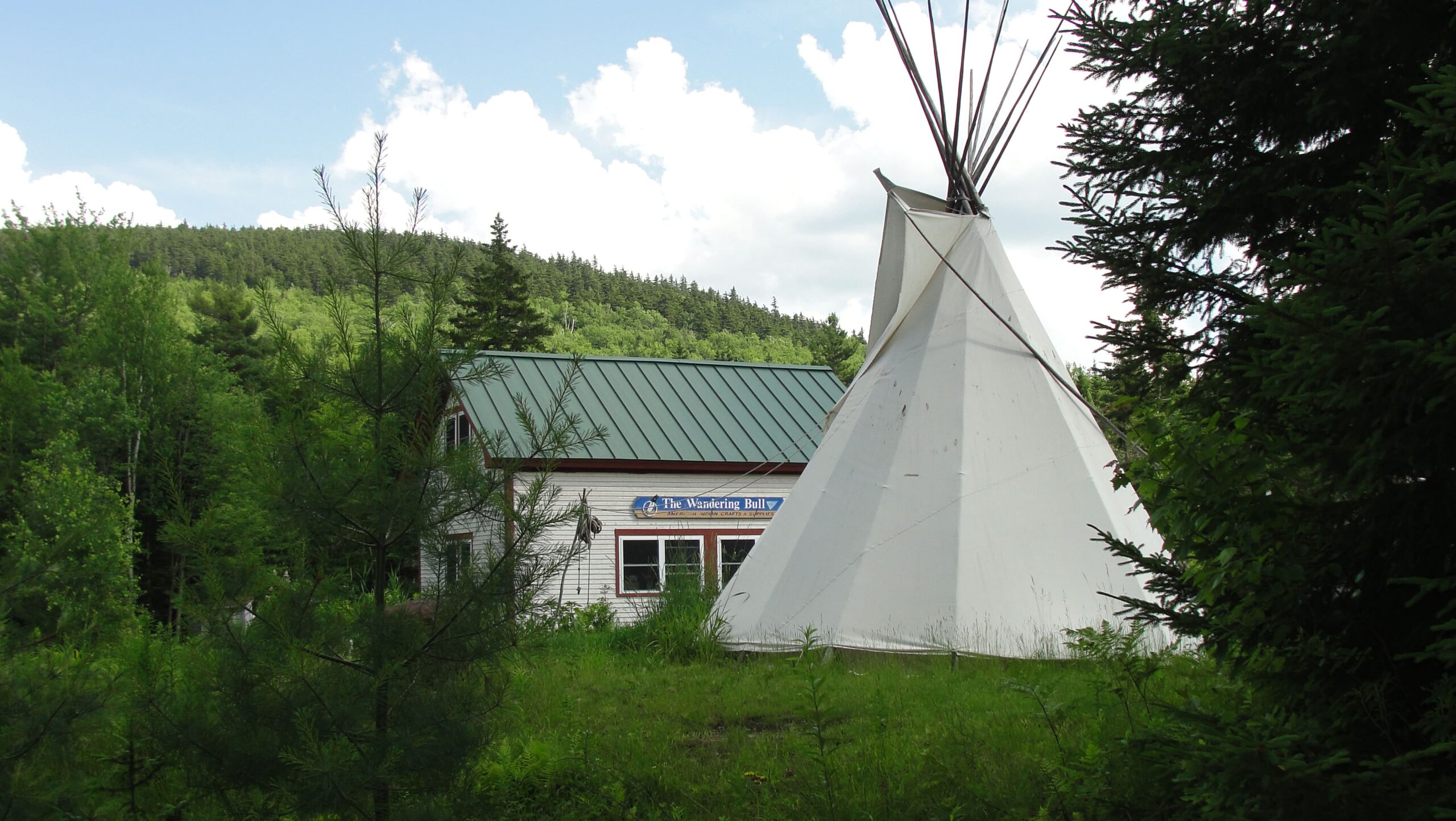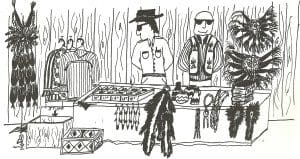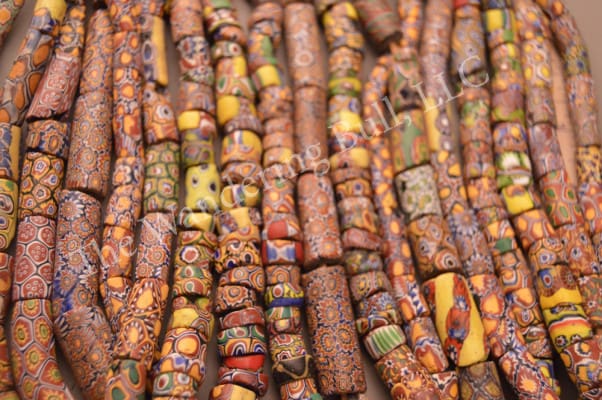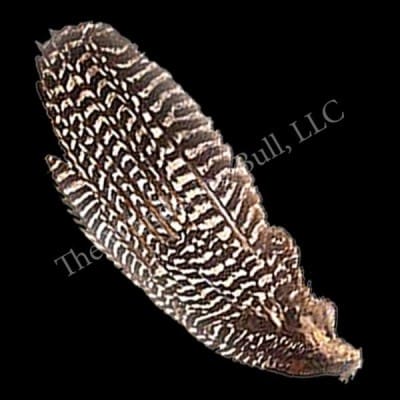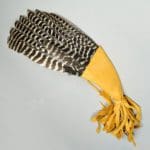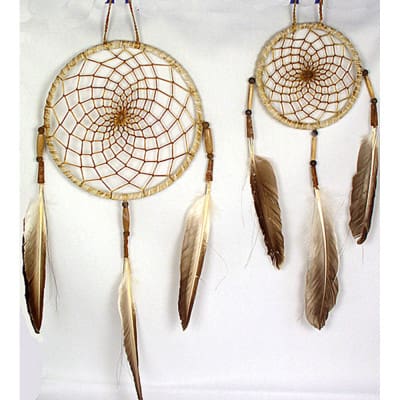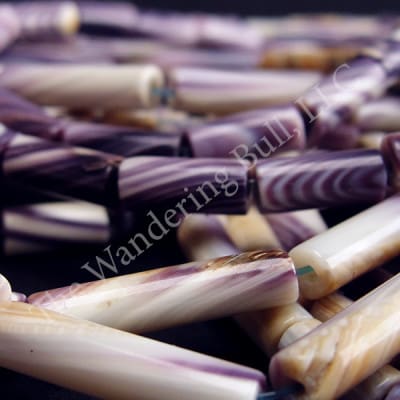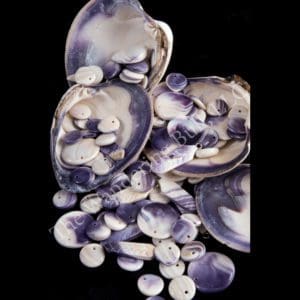
Hand Made Dolls
If there is a universal child’s toy, it may well be a doll. Whether hastily made from scrap material at hand, or painstakingly made to exacting detail, dolls “speak” to our humanity. At first glance, dolls are simple play-things… suffering the ravages of many other mere “toys”. However, there are many other reasons dolls are created and decorated for children. Dolls may also be used to teach children important cultural and educational lessons in dress, hair style, adornment and dexterity.
Some dolls are created for specific purposes or occasions. Others are made with whimsy and artistic license. There are no limits to the variety of dolls. This author is particularly interested in beadwork as a decorative medium. By making a basic cloth doll body, there are unlimited ways to construct and decorate these miniature personalities. Continue reading Hand Made Dolls
